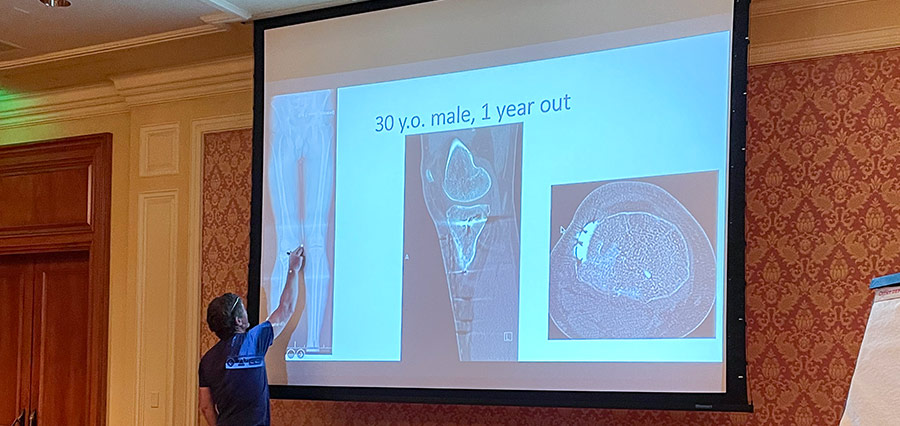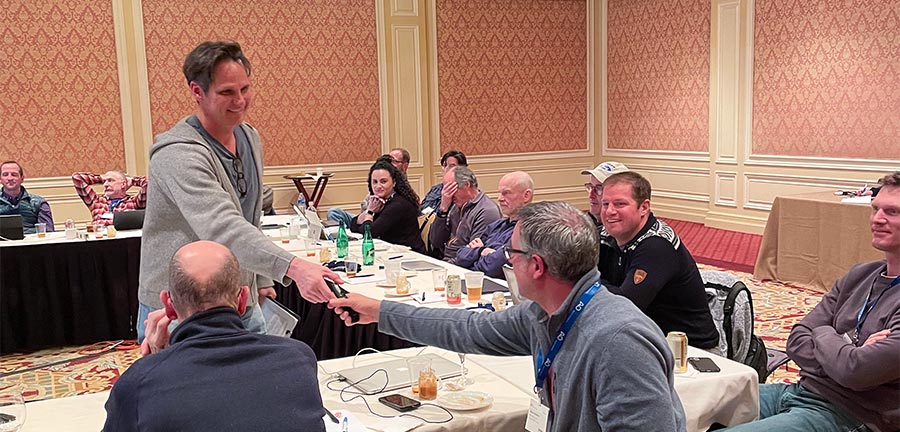Sun Valley Think Tank features in-person discussions on tips, tricks, and surgical pearls
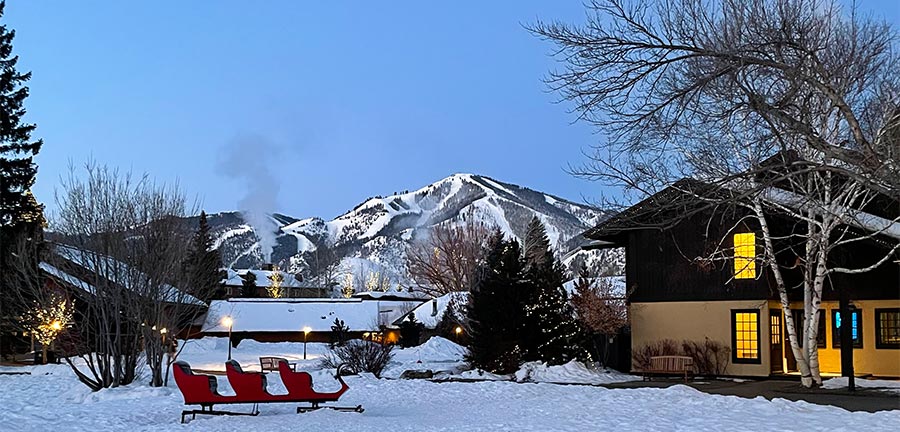
This February, AO Trauma NA returned to Sun Valley. As a favored destination for our events, this Think Tank felt like a homecoming.
We enjoyed wonderful accommodations with spectacular views of the mountains and visited Ketchum to savor food and company at familiar eateries: the Ketchum Grill meatloaf, Grumpy’s burgers and atmosphere, great service and Mexican fare at Desperados, as well as a necessary trip to the Pioneer.
All that Sun Valley has to offer makes it the perfect place for the Think Tank, which is itself the preferred educational forum for many of the participants. The location, as hard as it was to beat, was surpassed by the educational event.
The course started with pre-course work organized by Michael Sirkin, Sean Nork, Thomas Higgins, and Mike Miranda. Topic requests were sent out early to allow participants time to consider what they wanted to talk about, what they are challenged by, and where they need help.
At this course there are no faculty—everyone is both instructor and participant—all equals.
The cased-based discussions started with “I need a Mulligan.” Here we saw cases that did not go as expected or cases that were okay but not perfect. Given the make-up of the participants and their drive to improve, the conversation oozed technical tricks and surgical pearls.
Other learning points discussed included how hard it is to place a perfect lag screw, how we still don’t always get ankle fractures with syndesmotic injuries correct, and how valuable it is having ‘friends’ to make us feel better (or worse) at different times.
The afternoon session, “Dancing with the Devil,” allowed us to understand when it may be okay to violate principles. We all do this sometimes and scratch our heads after the case and say, “What did I just do?”
This session confirmed that sometimes our instincts do work and experience matters. Thanks to Tim Weber, Raymond White, John Scolaro, Hobie Summers, Michael Gardner, and Diane Nam for enlightening us.
The next morning, we dove back in with “What problem did you solve (surgically)? Learn us something!” as well as guidance on distal femur fractures.
Mike Miranda and Kanu Okike went over the evolution of how we currently treat distal femur fractures. They presented us the current literature, current trends and tried to give us some practice guidelines: Can we get the elderly patients to mobilize earlier?
Many in the audience seemed to think that by using a plate nail combo in the frail patient we make them more comfortable immediately post-op and will ambulate quicker. We had an extensive discussion regarding the posterolateral approach for the tibial plateau and concluded if there was a role, it was limited.
Later that evening, we were able to help some of our colleagues who brought cases they were going to finish in the next couple days during the session “So I have this case Monday.”
The final morning, we began with a tribute to Judet. First, Hobie Summers re-introduced us to the osteoperiosteal flap. His presentation included outstanding videos of just how to do this elegant exposure for nonunions and the utility in the treatment of this problem. We all agreed we will be adding this “forgotten” technique back into our practices.
Next, Keith Mayo showed us the technique and sequence to perform a quadricepsplasty. In addition to meticulous technique, patient selection is important for a successful outcome. Dr. Thomas “Higgie” Higgins showed us how to address knee pain that is caused by rotational abnormalities in the lower extremity.
No think tank would be complete if we did not discuss the technical details and tricks of the intertrochanteric osteotomy. Everyone always seems to enjoy these discussions and there are always surgical pearls available for everyone.
Everyone agreed that after two years of the limited interpersonal interaction on Zoom™, we are happy to again be in each other’s company.
Related pages
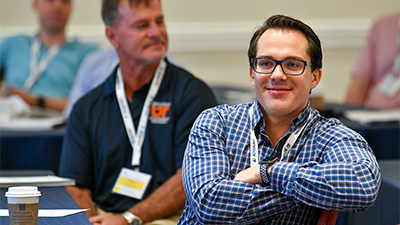
AO Trauma NA fellowship committee wraps up a challenging year with several successes
Fellowship committee chair Timothy Achor, MD gives an update on recent fellows events and programs
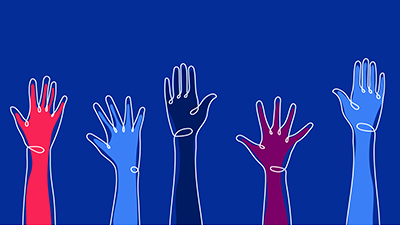
Faculty engagement taskforce realizes new volunteer opportunities
Getting involved in AO Trauma NA activities is about to get easier

